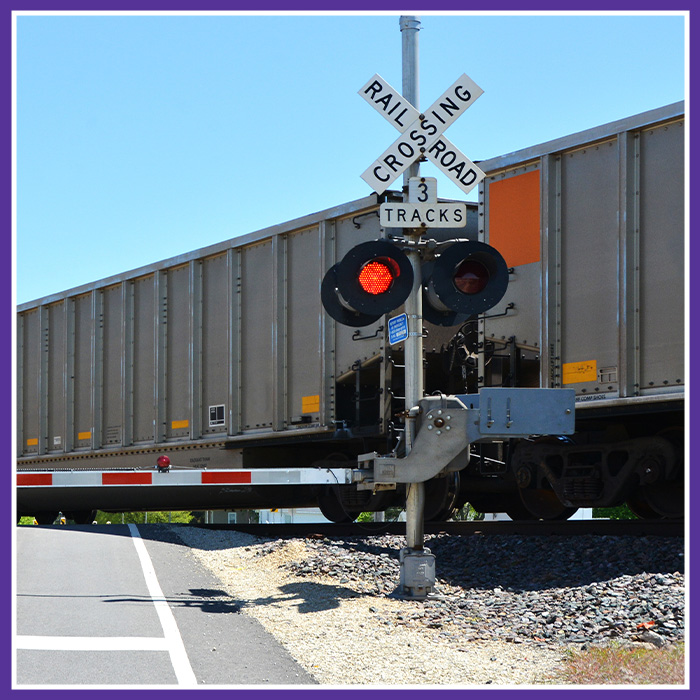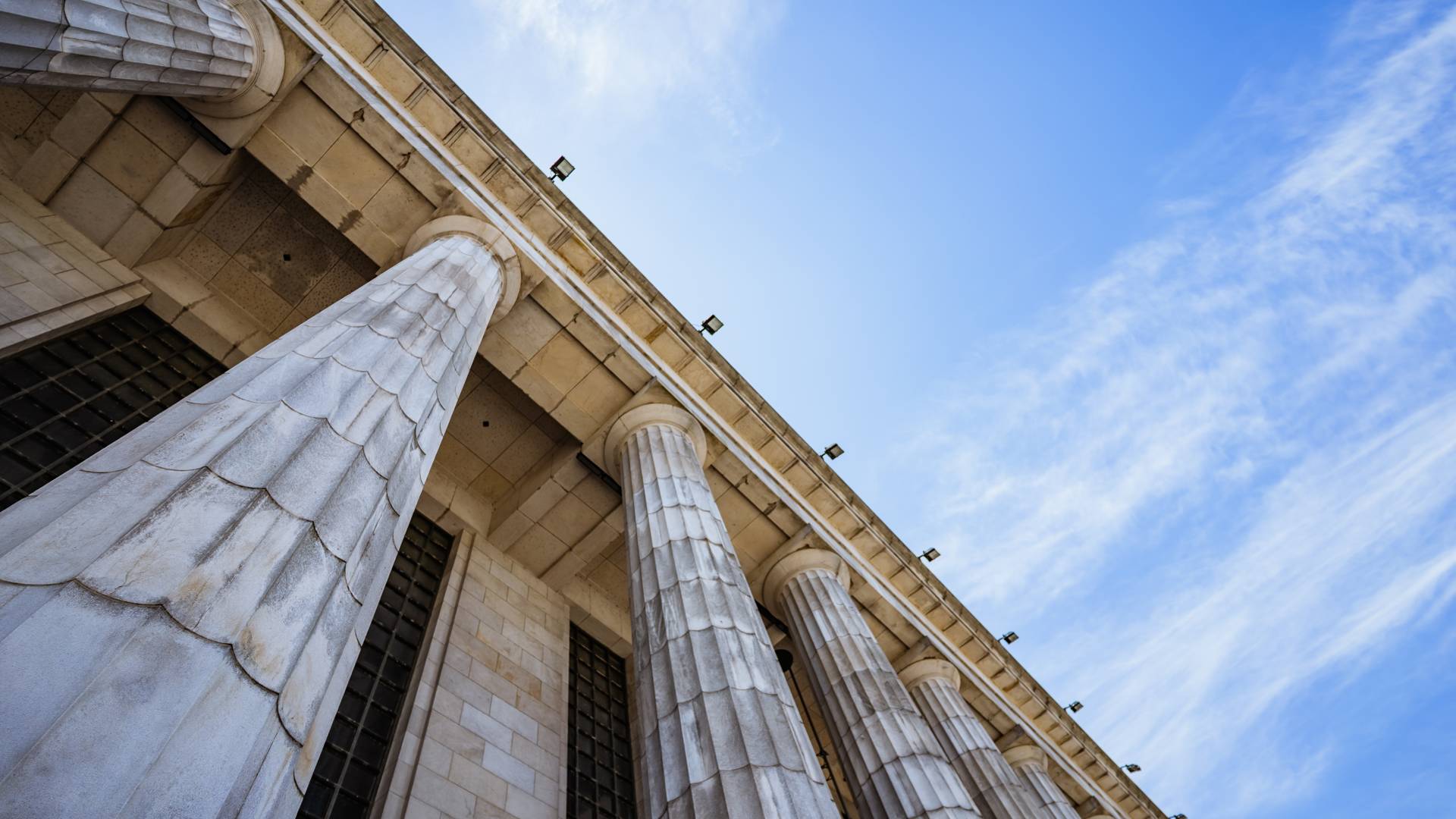
Kentucky Train Accident Lawyer
The railroad industry is regulated by state law, as well as by the Office of Railroad Safety, which is overseen by the Federal Railroad Administration (FRA). The rules and regulations put in place by these agencies require railroads and train operators to take a number of steps to ensure passenger safety, such as inspecting railways regularly, properly training employees, repairing broken and worn rails, and properly maintaining the trains themselves. Unfortunately, not all railroad companies implement these practices, which can have deadly consequences for passengers, pedestrians, drivers, and bystanders.
Although these entities can be held legally liable for their negligence, filing a claim can be difficult, so if you were involved in a train accident in Kentucky, please contact a train accident lawyer who can help you seek compensation for your losses.


-
“Integrity”
“In addition to his substantive contributions to railroad grade crossing safety, I have personally observed his untiring efforts and contributions to improving the integrity of the legal system.”- Elizabeth Hardy -
“Beyond Belief”
“His knowledge of the rail industry and his willingness to share his knowledge with other people who do railroad work is beyond belief to me.”- Mike Bee -
“Given Hope”
“Through his efforts, he has single-handedly given hope to victims who are injured or killed as a result of dangerous railroad crossings”- Donald Vasos -
“Impressed”
“Nathan is a warrior fighting the railroads.”- Jonathon (Jon) C. Clark -
“Excellent Results”
“Nathan Karlin has my strongest endorsement in the field of railroad crossing cases and personal injury law.”- Joseph M. Miller -
“Would Recommend Without Hesitation”
“In each case, Nathan always possessed an incredible knowledge of the law and the facts, possessed a great talent for aggressive – strategic legal planning and trial tactics while, at the same time, displaying great skill as an effective negotiator.”- Scott McCluen -
“First Call is Nathan's Firm”
“Nathan’s knowledge and experience in handling and trying cases against these litigation savvy railroad companies gives me the confidence to know that the clients and cases I refer to him are getting the best of the best.”- James Perrin -
“Hard-Working”
“The staff is helpful, professional, and responsive.”- Tracy D.

What do Federal Regulations Require?
The FRA primarily focuses on the railroad industry’s compliance with regulations regarding:
- Transporting, loading, unloading, and storing hazardous materials;
- Motive power and train equipment;
- Safe operating practices;
- Signal and train control; and
- Track safety.
To help ensure that rails and trains are kept in good working order, the FRA requires railroads to inspect each switch, track crossing, turnout, and moveable bridge lift rail at least once a month and on foot, unless the track is used less than once a month. Some of the most common types of train accidents are those that involve train crossings. When trees and shrubbery are permitted to grow unchecked, they could obscure the railroad tracks and any approaching trains from crossing vehicles. For this reason, railroad companies are required to control the vegetation along their tracks.
-
Purpose-Driven Representation
We handle each case with the belief that the legal system should be a tool for positive change. Our work often leads to broader safety improvements, not just individual outcomes.
-
Focused on Serious Injury Cases
Our practice centers on railroad crossing accidents and other catastrophic injuries. These complex cases demand deep experience and a commitment to long-term impact.
-
Personalized, Accessible Legal Support
We maintain a welcoming environment where clients are heard, supported, and informed. Our team approach ensures you’re never left wondering where your case stands.
-
Free Consultations, Contingency-Based FeesWe offer free consultations and only get paid if we recover compensation for you. It’s one way we make justice more accessible for those who need it most.

Inspections
Inspections are also intended to catch any rail defects before they became so severe as to create a risk of derailment. The most common types of defects are caused by wear and tear, repeated expansion and contraction caused by radical increases and decreases in the rail’s temperature, and stresses resulting from improper manufacturing. Regular wear and tear can manifest in a number of different ways, including as:
- Fissures or fractures in the rail heads;
- Cracks and breaks in the base of the rails;
- Bolt hole cracks;
- Flattened rails;
- Flaking or chipped steel; and
- Burned rails.
Regular track maintenance programs are critical to increasing the life cycle of a rail and deterring the growth of cracks and internal flaws. Failing to implement these types of programs is a violation of federal law and can also result in derailments, which are some of the most serious types of train accidents.


.2506250842194.png)
.2506261042099.png)


.2506250835483.png)
